Iowa’s land offers free food to anyone willing to look. The fields, forests, and riverbanks hide natural treasures throughout the year. Learning where to find these plants can save you money and connect you to nature.
Wild foods grow all around us, often in places we pass every day. Morel mushrooms appear in spring woodlands while juicy blackberries ripen along summer trails. Fall brings nuts like walnuts and hickories dropping from trees across the state.
Many Iowa residents walk past valuable plants without recognizing them. Knowing what’s safe to gather takes some learning but pays off with fresh, healthy foods. Local plants often contain more nutrients than store-bought options.
Native Americans and early settlers relied on these same plants for food and medicine. When you gather wild foods, you join this long line of people who understood the land.
The best foraging spots change with each season and weather pattern. Wet springs bring different mushrooms than dry ones. Cold winters might delay spring plants but improve certain berry harvests later. Learning these patterns makes finding good spots easier each year.
What We Cover In This Article:
- What Makes Foreageables Valuable
- Foraging Mistakes That Cost You Big Bucks
- The Most Valuable Forageables in the State
- Where to Find Valuable Forageables in the State
- When to Forage for Maximum Value
- The extensive local experience and understanding of our team
- Input from multiple local foragers and foraging groups
- The accessibility of the various locations
- Safety and potential hazards when collecting
- Private and public locations
- A desire to include locations for both experienced foragers and those who are just starting out
Using these weights we think we’ve put together the best list out there for just about any forager to be successful!
A Quick Reminder
Before we get into the specifics about where and how to find these plants and mushrooms, we want to be clear that before ingesting any wild plant or mushroom, it should be identified with 100% certainty as edible by someone qualified and experienced in mushroom and plant identification, such as a professional mycologist or an expert forager. Misidentification can lead to serious illness or death.
All plants and mushrooms have the potential to cause severe adverse reactions in certain individuals, even death. If you are consuming wild foragables, it is crucial to cook them thoroughly and properly and only eat a small portion to test for personal tolerance. Some people may have allergies or sensitivities to specific mushrooms and plants, even if they are considered safe for others.
The information provided in this article is for general informational and educational purposes only. Foraging involves inherent risks.
What Makes Foreageables Valuable
Some wild plants, mushrooms, and natural ingredients can be surprisingly valuable. Whether you’re selling them or using them at home, their worth often comes down to a few key things:
The Scarcer the Plant, the Higher the Demand
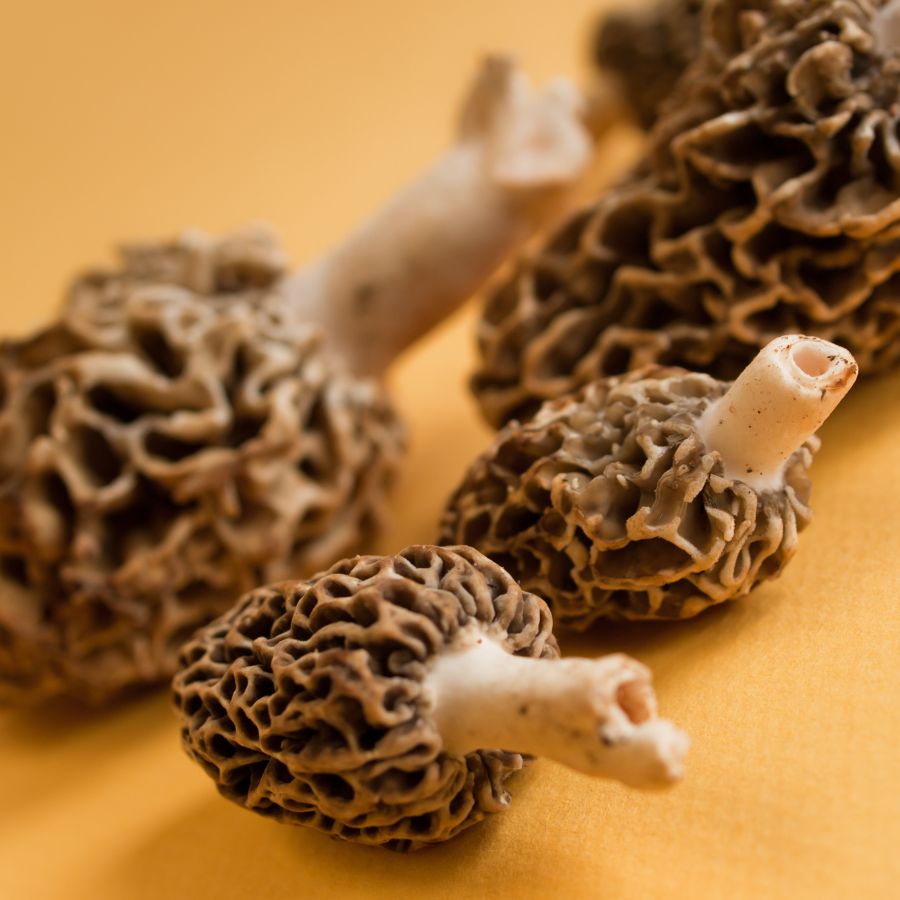
Some valuable forageables only show up for a short time each year, grow in hard-to-reach areas, or are very difficult to cultivate. That kind of rarity makes them harder to find and more expensive to buy.
Morels, truffles, and ramps are all good examples of this. They’re popular, but limited access and short growing seasons mean people are often willing to pay more.
A good seasonal foods guide can help you keep track of when high-value items appear.
High-End Dishes Boost the Value of Ingredients
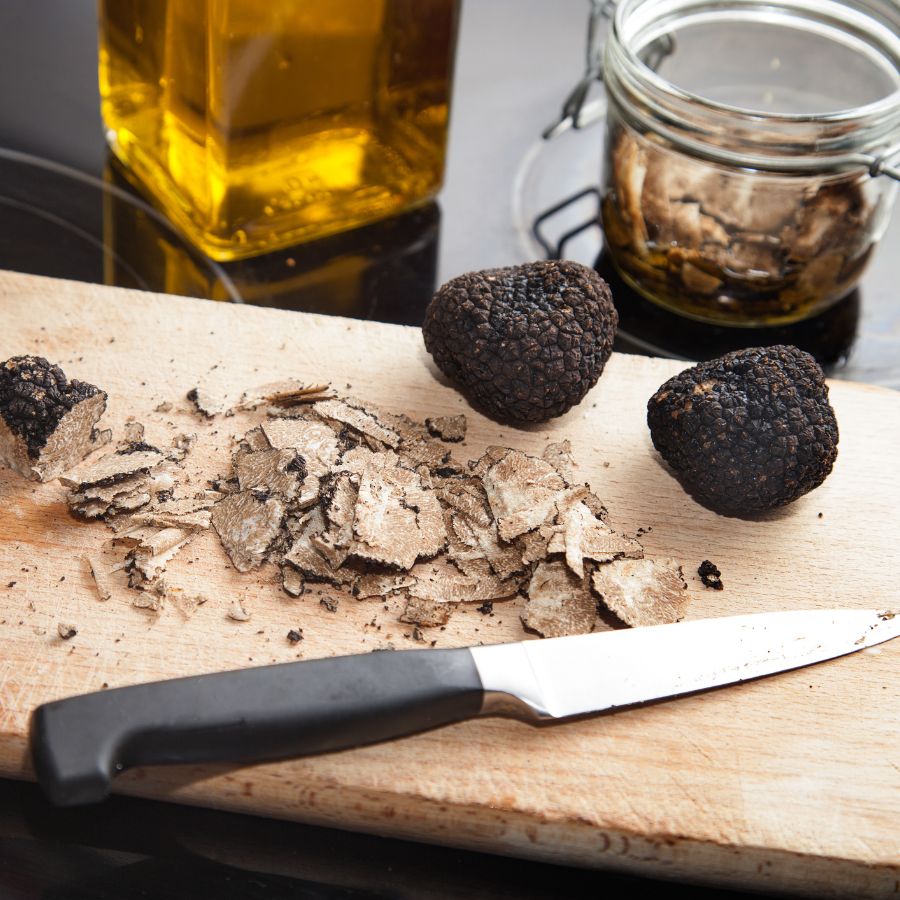
Wild ingredients that are hard to find in stores often catch the attention of chefs and home cooks. When something unique adds flavor or flair to a dish, it quickly becomes more valuable.
Truffles, wild leeks, and edible flowers are prized for how they taste and look on a plate. As more people try to include them in special meals, the demand—and the price—tends to rise.
You’ll find many of these among easy-to-identify wild mushrooms or herbs featured in fine dining.
Medicinal and Practical Uses Drive Forageable Prices Up
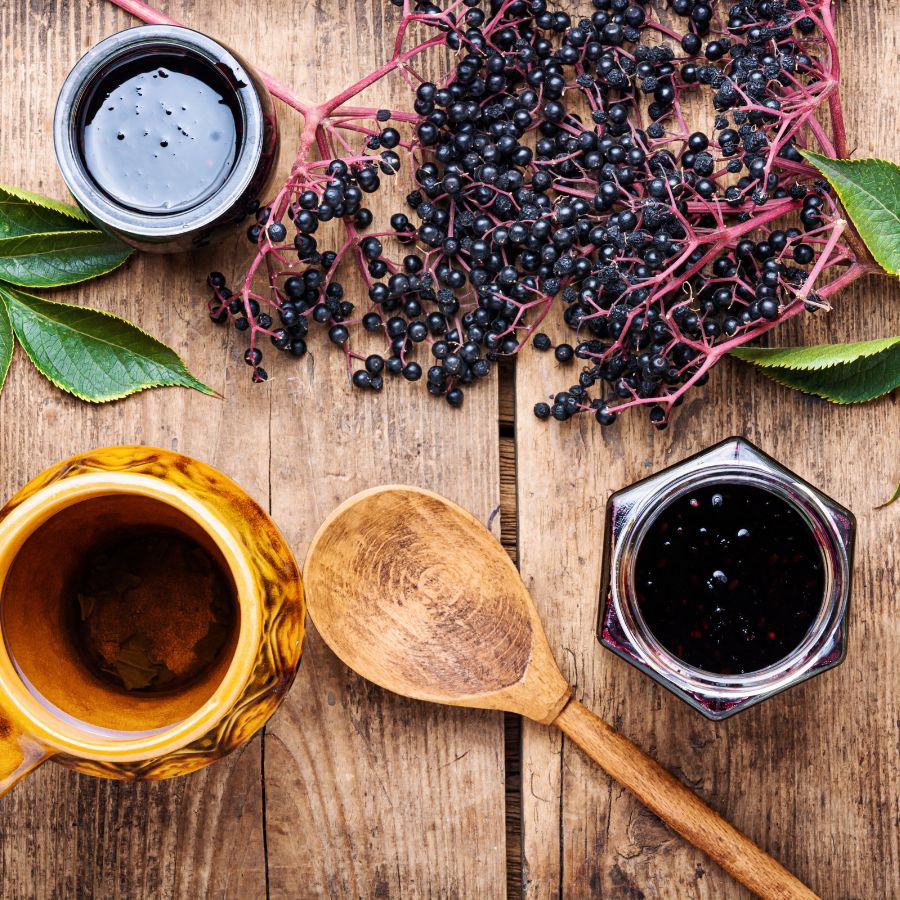
Plants like ginseng, goldenseal, and elderberries are often used in teas, tinctures, and home remedies. Their value comes from how they support wellness and are used repeatedly over time.
These plants are not just ingredients for cooking. Because people turn to them for ongoing use, the demand stays steady and the price stays high.
The More Work It Takes to Harvest, the More It’s Worth
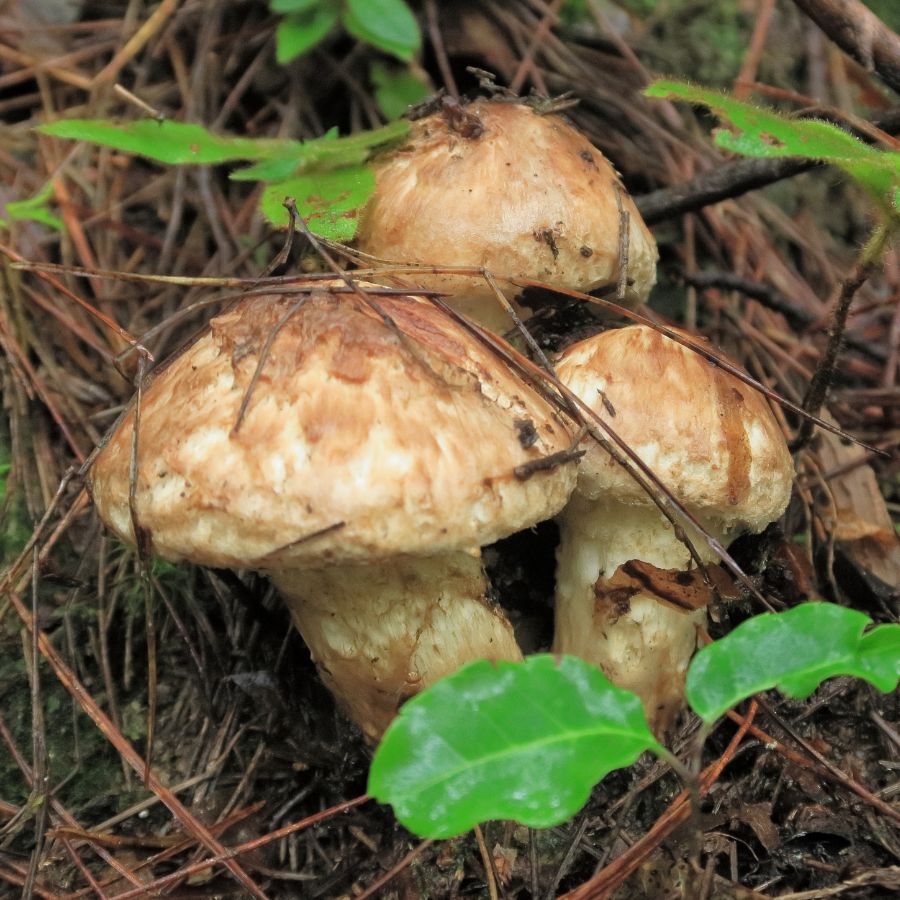
Forageables that are hard to reach or tricky to harvest often end up being more valuable. Some grow in dense forests, need careful digging, or have to be cleaned and prepared before use.
Matsutake mushrooms are a good example, because they grow in specific forest conditions and are hard to spot under layers of leaf litter. Wild ginger and black walnuts, meanwhile, both require extra steps for cleaning and preparation before they can be used or sold.
All of that takes time, effort, and experience. When something takes real work to gather safely, buyers are usually willing to pay more for it.
Foods That Keep Well Are More Valuable to Buyers
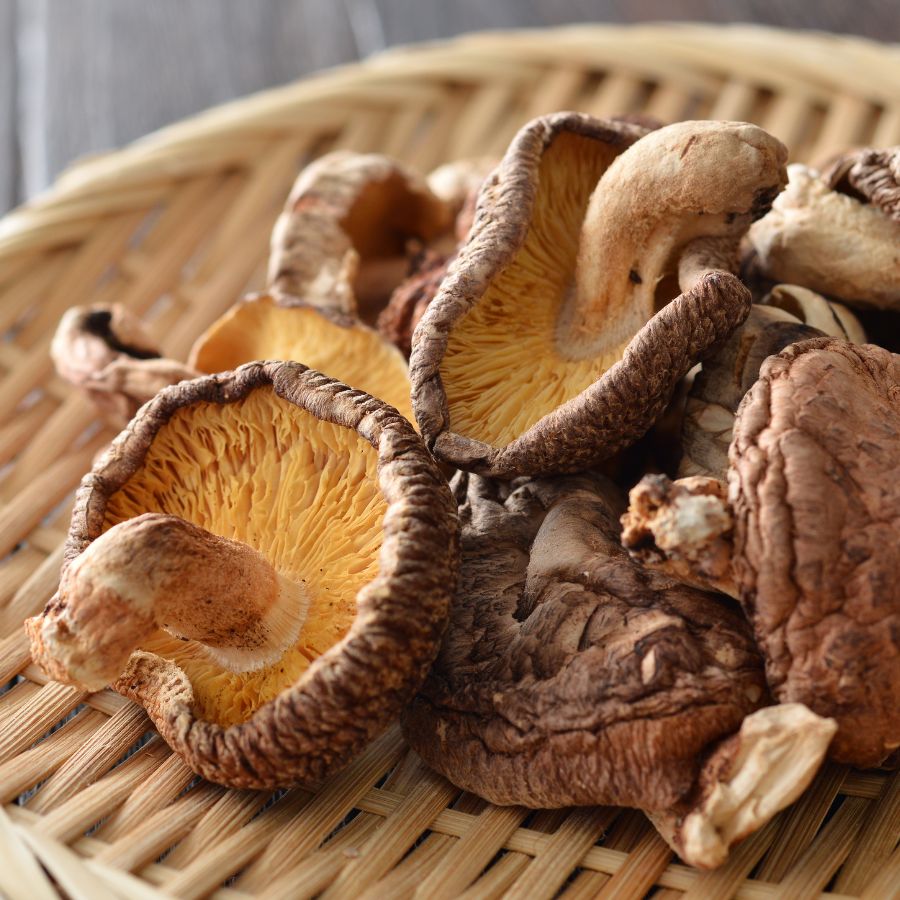
Some forageables, like dried morels or elderberries, can be stored for months without losing their value. These longer-lasting items are easier to sell and often bring in more money over time.
Others, like wild greens or edible flowers, have a short shelf life and need to be used quickly. Many easy-to-identify wild greens and herbs are best when fresh, but can be dried or preserved to extend their usefulness.
A Quick Reminder
Before we get into the specifics about where and how to find these mushrooms, we want to be clear that before ingesting any wild mushroom, it should be identified with 100% certainty as edible by someone qualified and experienced in mushroom identification, such as a professional mycologist or an expert forager. Misidentification of mushrooms can lead to serious illness or death.
All mushrooms have the potential to cause severe adverse reactions in certain individuals, even death. If you are consuming mushrooms, it is crucial to cook them thoroughly and properly and only eat a small portion to test for personal tolerance. Some people may have allergies or sensitivities to specific mushrooms, even if they are considered safe for others.
The information provided in this article is for general informational and educational purposes only. Foraging for wild mushrooms involves inherent risks.
Foraging Mistakes That Cost You Big Bucks
When you’re foraging for high-value plants, mushrooms, or other wild ingredients, every decision matters. Whether you’re selling at a farmers market or stocking your own pantry, simple mistakes can make your harvest less valuable or even completely worthless.
Harvesting at the Wrong Time
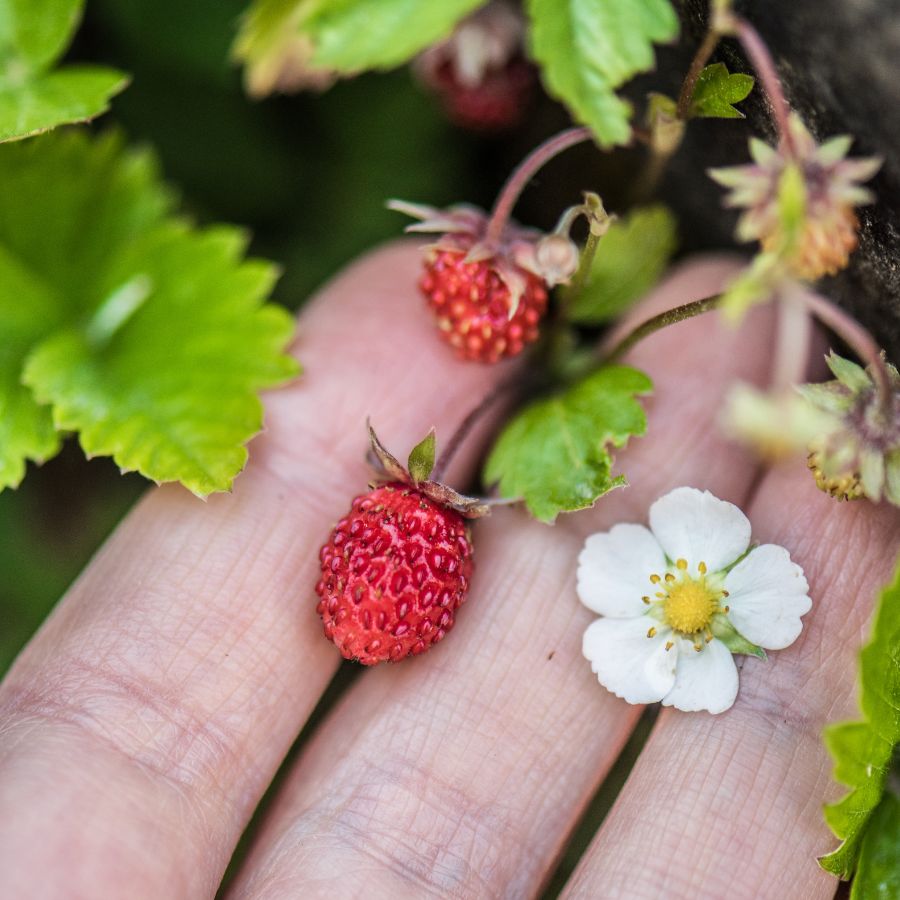
Harvesting at the wrong time can turn a valuable find into something no one wants. Plants and mushrooms have a short window when they’re at their best, and missing it means losing quality.
Morels, for example, shrink and dry out quickly once they mature, which lowers their weight and price. Overripe berries bruise in the basket and spoil fast, making them hard to store or sell.
Improper Handling After Harvest
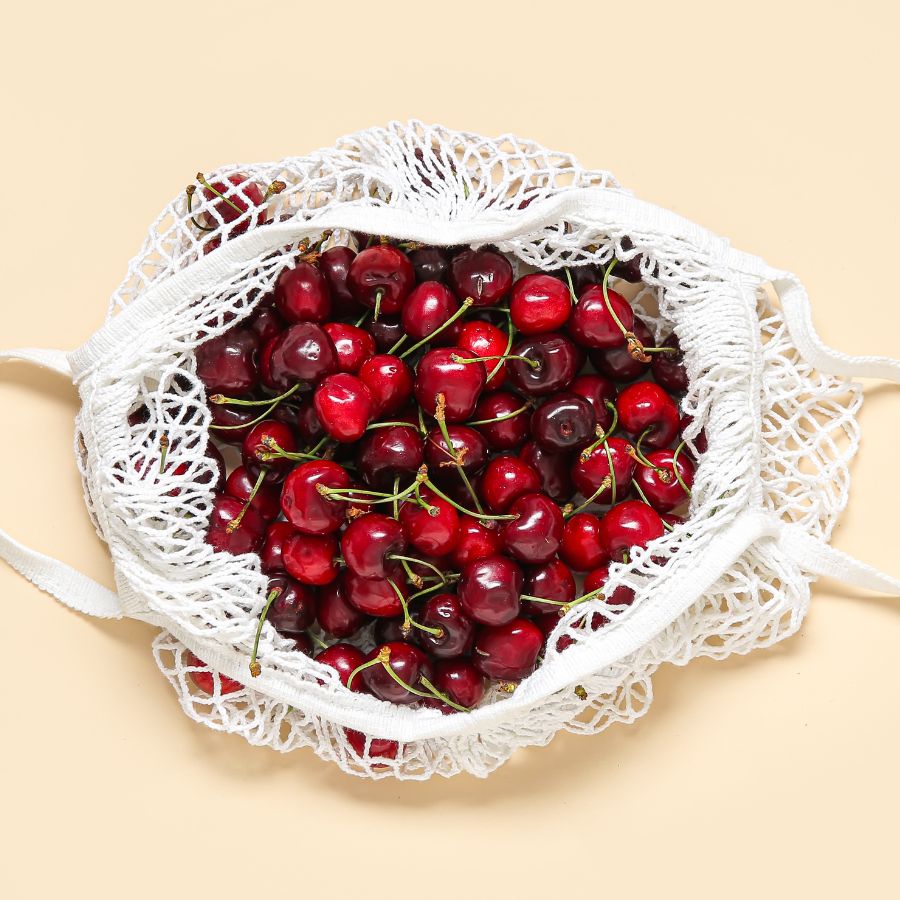
Rough handling can ruin even the most valuable forageables. Crushed mushrooms, wilted greens, and dirty roots lose both their appeal and their price.
Use baskets or mesh bags to keep things from getting smashed and let air circulate. Keeping everything cool and clean helps your harvest stay fresh and look better for longer.
This is especially important for delicate items like wild roots and tubers that need to stay clean and intact.
Skipping Processing Steps
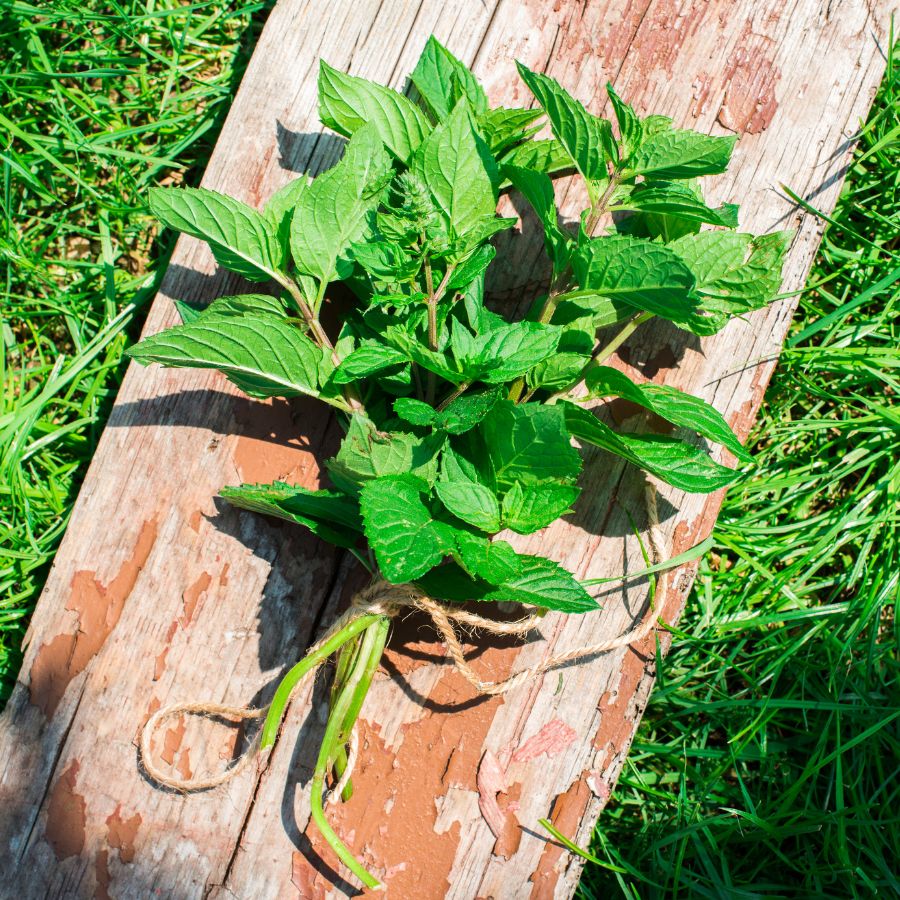
Skipping basic processing steps can cost you money. A raw harvest may look messy, spoil faster, or be harder to use.
For example, chaga is much more valuable when dried and cut properly. Herbs like wild mint or nettle often sell better when bundled neatly or partially dried. If you skip these steps, you may end up with something that looks unappealing or spoils quickly.
Collecting from the Wrong Area
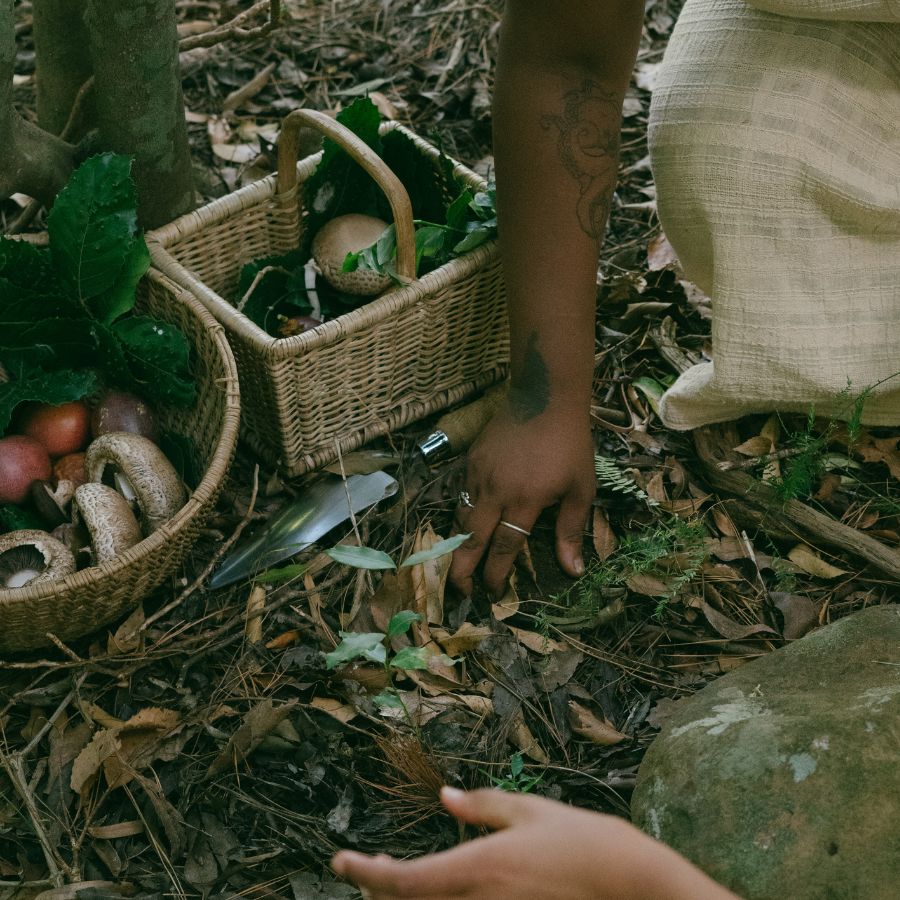
Harvesting in the wrong place can ruin a good find. Plants and mushrooms pulled from roadsides or polluted ground may be unsafe, no matter how fresh they look.
Buyers want to know their food comes from clean, responsible sources. If a spot is known for overharvesting or damage, it can make the whole batch less appealing.
These suburbia foraging tips can help you find overlooked spots that are surprisingly safe and productive.
Not Knowing the Market
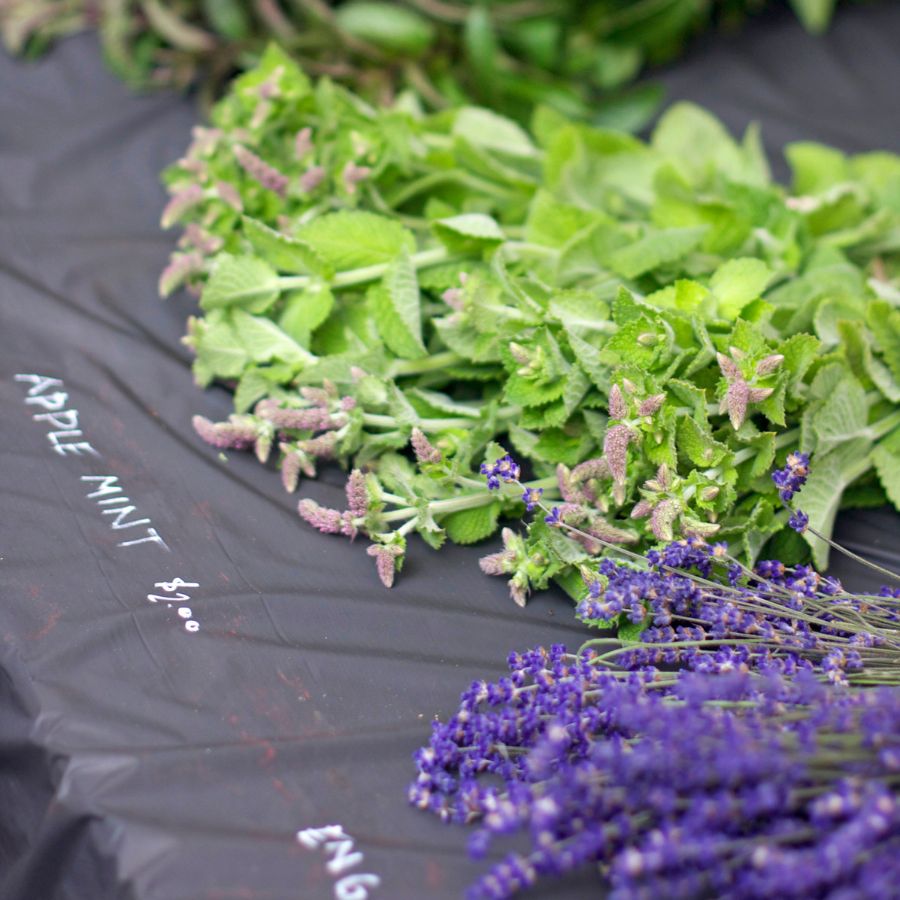
A rare plant isn’t valuable if nobody wants to buy it. If you gather in-demand species like wild ramps or black trumpets, you’re more likely to make a profit. Pay attention to what chefs, herbalists, or vendors are actually looking for.
Foraging with no plan leads to wasted effort and unsold stock. Keeping up with demand helps you bring home a profit instead of a pile of leftovers.
You can also brush up on foraging for survival strategies to identify the most versatile and useful wild foods.
Before you head out
Before embarking on any foraging activities, it is essential to understand and follow local laws and guidelines. Always confirm that you have permission to access any land and obtain permission from landowners if you are foraging on private property. Trespassing or foraging without permission is illegal and disrespectful.
For public lands, familiarize yourself with the foraging regulations, as some areas may restrict or prohibit the collection of mushrooms or other wild foods. These regulations and laws are frequently changing so always verify them before heading out to hunt. What we have listed below may be out of date and inaccurate as a result.
The Most Valuable Forageables in the State
Some of the most sought-after wild plants and fungi here can be surprisingly valuable. Whether you’re foraging for profit or personal use, these are the ones worth paying attention to:
Prairie Turnip (Pediomelum esculentum)
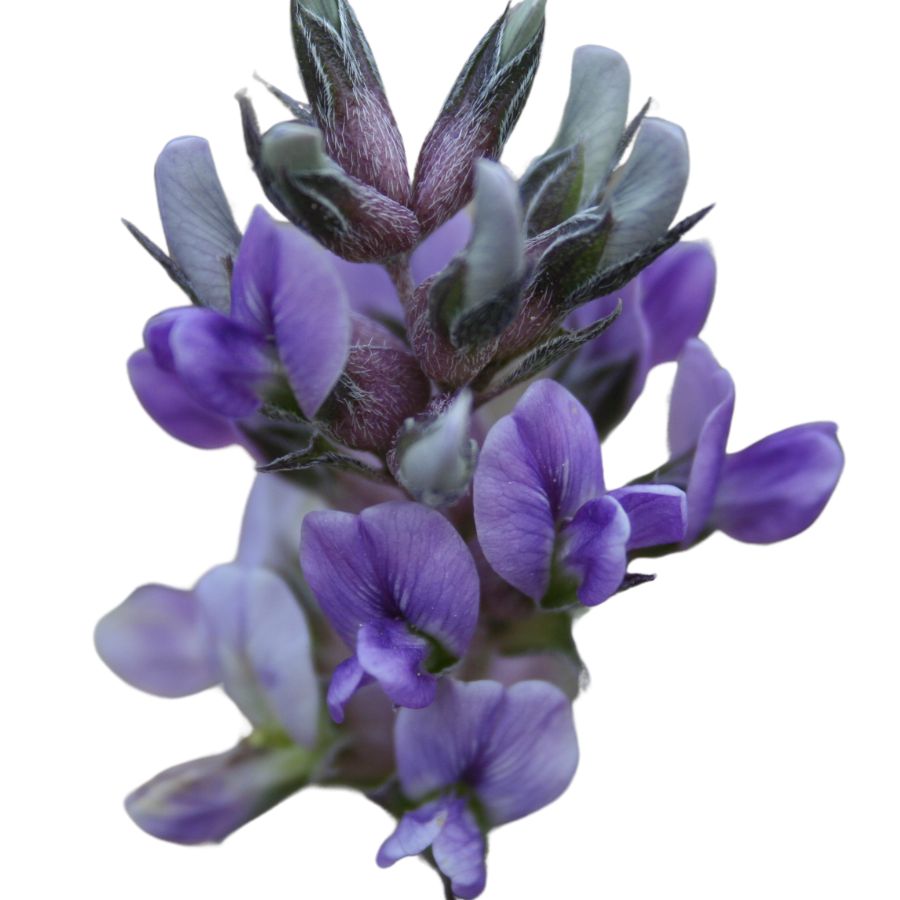
Prairie turnip features a white to purplish-blue flower cluster atop a long stem and grows in dry grasslands across the American prairies. The valuable part is the starchy root that resembles a small potato when dug up. Native Americans relied on this nutrient-rich plant for thousands of years as a survival food.
The root can be eaten raw, though most people prefer to cook it by boiling or roasting to improve the flavor. When cooked, it offers a mild taste similar to a potato with hints of turnip.
Proper identification is crucial, as the plant has compound leaves with five leaflets arranged like fingers on a hand. Be careful not to confuse it with death camas, which has grass-like leaves instead of the prairie turnip’s palm-shaped foliage.
Staghorn Sumac (Rhus typhina)
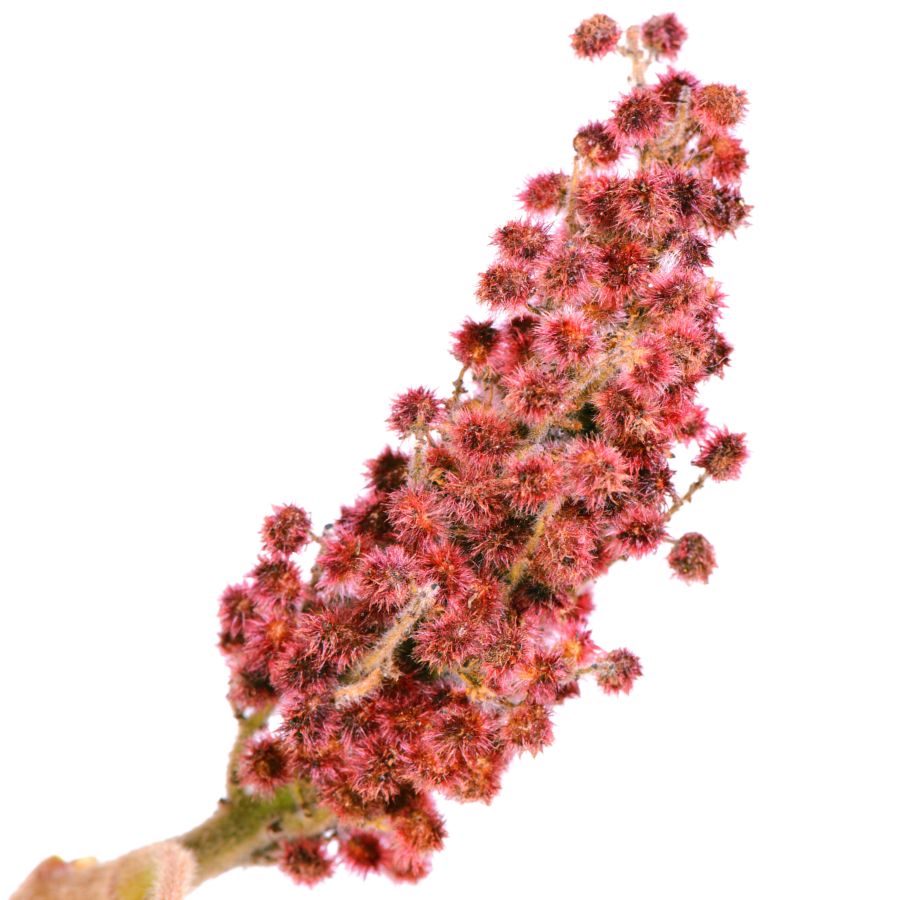
The edible part of staghorn sumac is the hairy, red fruit cluster that forms a cone shape at the tip of its branches. These clusters are packed with malic acid, giving them a tart flavor that’s perfect for making infused drinks.
Some people confuse it with poison sumac, but poison sumac has drooping white berries and lacks the fuzzy stems of staghorn sumac. That visual difference is critical when deciding what’s safe to forage.
After soaking the berry clusters in water, strain the result through a cloth or coffee filter to remove the irritating surface hairs. The liquid has a lemony bite that pairs well with honey or mint.
You can also dry the clusters and grind them into a reddish powder used like sumac spice in Middle Eastern dishes. Stick to the fruit only—none of the other parts are edible.
Wild Leeks (Allium burdickii)
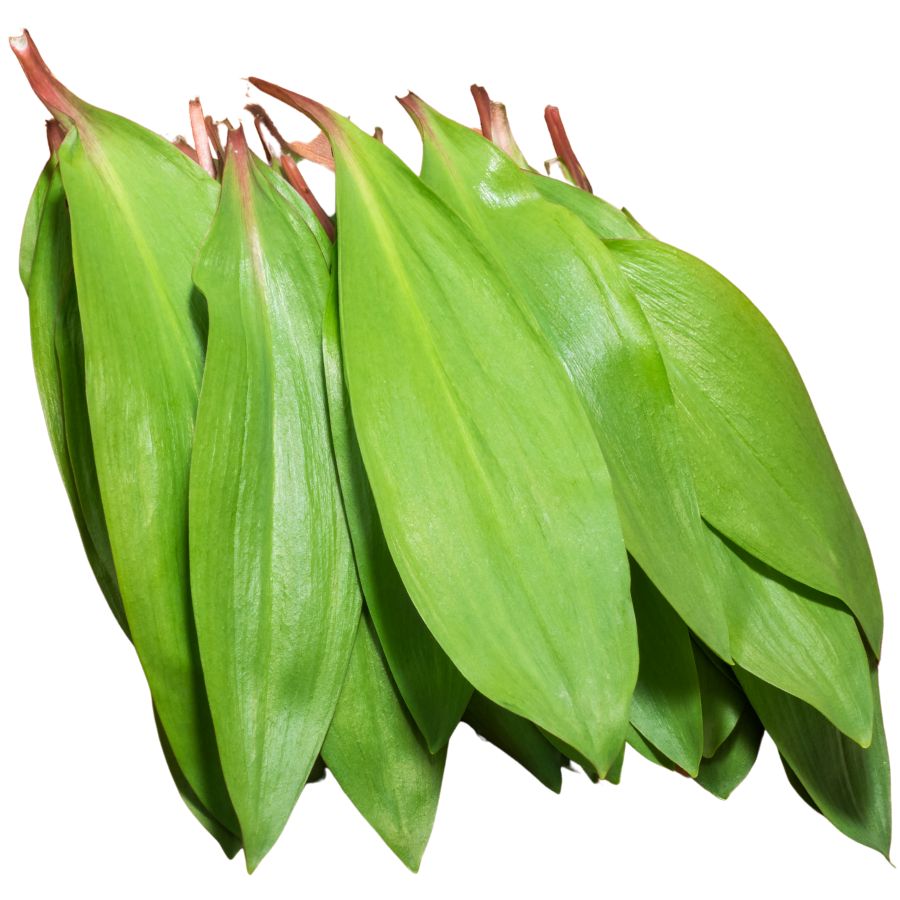
The unmistakable garlicky aroma gives away wild leeks long before you spot them. Their bright green, spear-shaped leaves emerge in early spring on the forest floor, with each plant growing 6-10 inches tall.
When pulled from the ground, wild leeks reveal a small white bulb with purple-tinged stem. Both the leaves and bulbs are edible and pack a punch of flavor that falls somewhere between onion and garlic. Foragers prize them for their versatility in cooking.
When harvesting, take care to avoid confusing them with lily-of-the-valley, which has similar leaves but lacks the distinctive onion smell and can be toxic.
Wild leeks grow in colonies in rich, moist woodland soil. Their popularity has led to overharvesting in some areas, so responsible collection is important.
Meadow Garlic (Allium canadense)
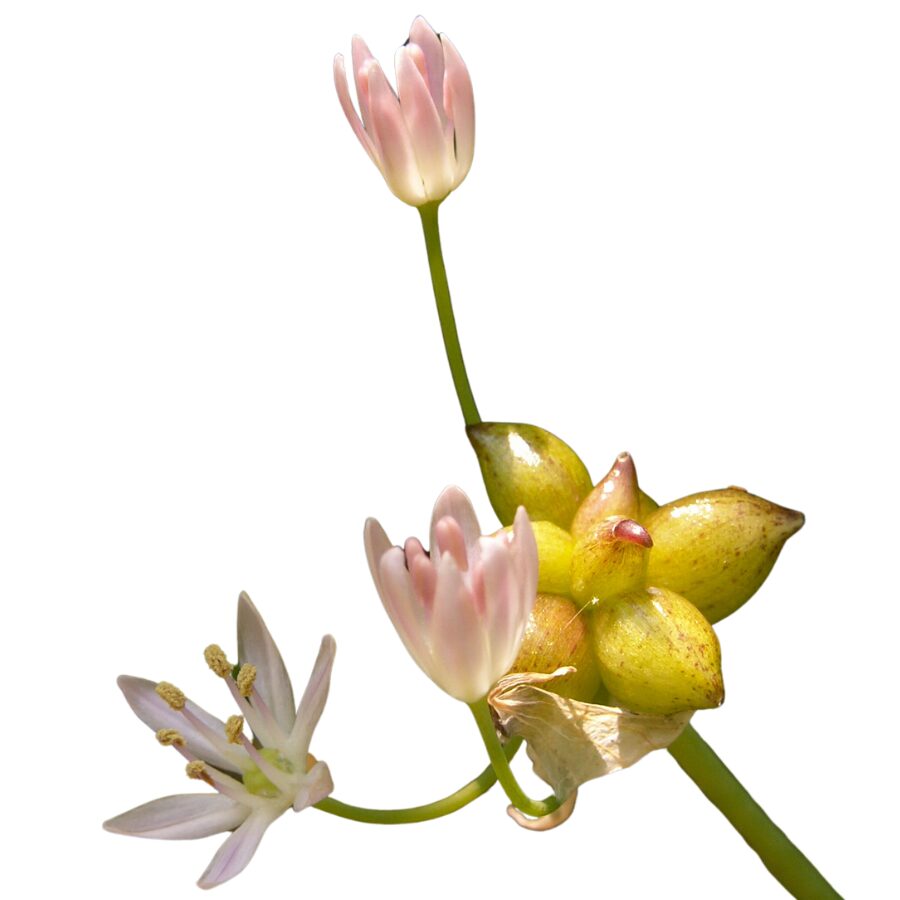
Meadow garlic, also called wild onion or wild garlic, grows in clumps with slender hollow leaves and small pink or white flowers. You’ll recognize it by the onion scent released when you bruise the stems or dig into the bulb.
The edible parts include the bulbs, stems, leaves, and flowers, all of which have a mild onion flavor and crisp texture. Cook them as you would scallions—sautéed, grilled, or tossed raw into salads.
False garlic, or crow poison, looks similar but lacks the onion smell and can be toxic if eaten. Always crush the plant before harvesting—no onion scent means don’t eat it.
Many people pickle the bulbs or chop the greens for compound butters and dips. Be cautious where you forage it though, as plants growing near roadsides or sprayed areas can absorb contaminants.
Spicebush Berries (Lindera benzoin)
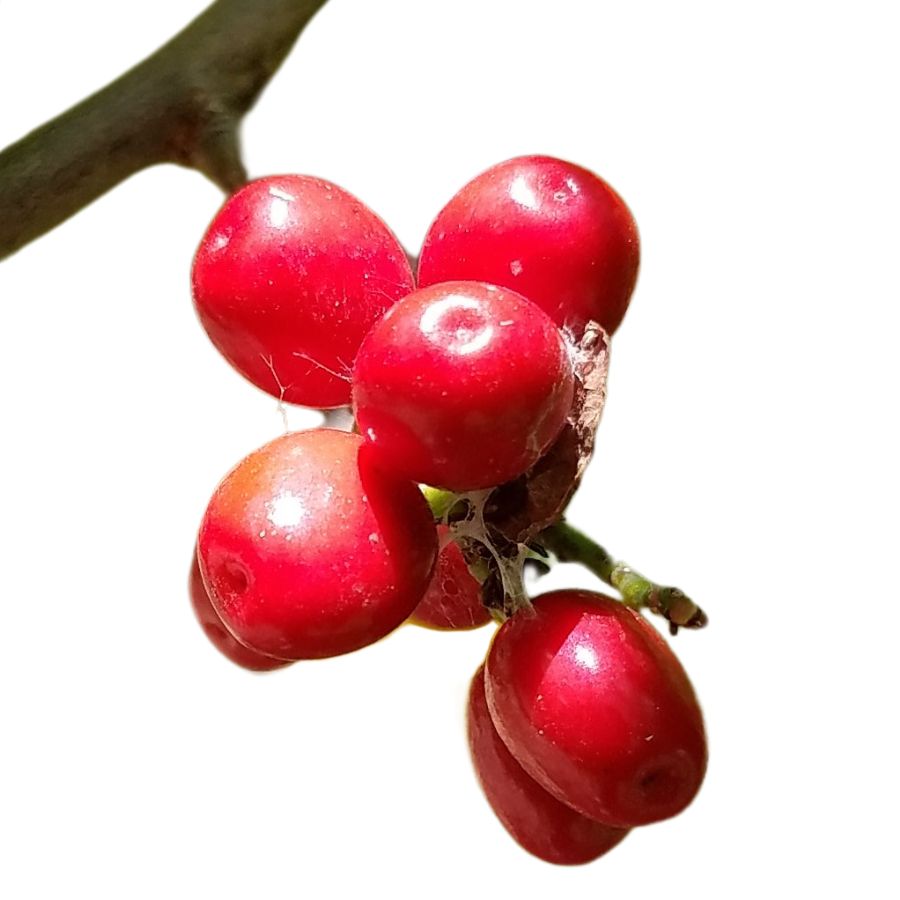
Spicebush has smooth-edged leaves that release a spicy citrus scent when crushed, and it produces clusters of red berries that grow close to the stem. Those berries, along with the young twigs and leaves, are all edible and flavorful.
The berries are especially valued for their warm, peppery kick and are often dried and ground as a seasoning. You can steep the leaves and twigs into tea or simmer them into broths.
Avoid confusing it with lookalikes like Carolina allspice, which has larger, thicker leaves and lacks the same aromatic quality. Its berries also differ in size and internal seed structure.
Spicebush has a long history of use in traditional cooking for its mild numbing effect and warming flavor. Only the berries, leaves, and tender twigs should be consumed—avoid the bark and roots.
Jerusalem Artichokes (Helianthus tuberosus)
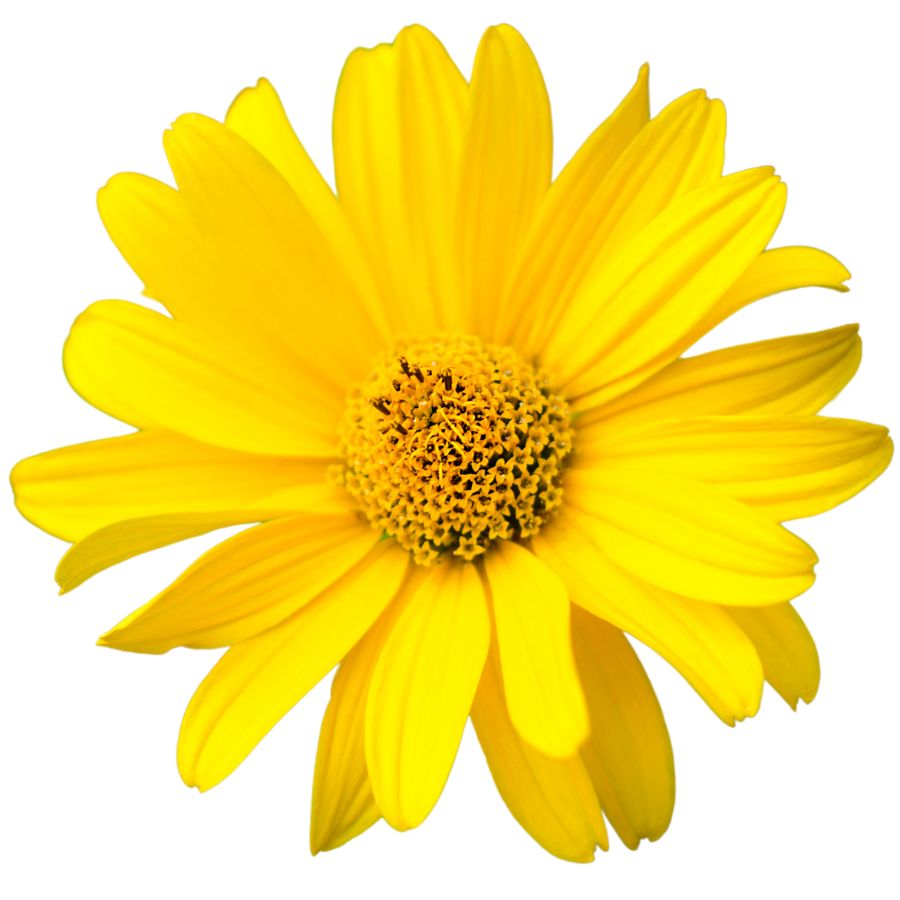
Jerusalem artichoke grows tall with sunflower-like blooms and has knobby underground tubers. The tubers are tan or reddish and look a bit like ginger root, though they belong to the sunflower family.
The part you’re after is the tuber, which has a nutty, slightly sweet flavor and a crisp texture when raw. You can roast, sauté, boil, or mash them like potatoes, and they hold their shape well in soups and stir-fries.
Some people experience gas or bloating after eating sunchokes due to the inulin they contain, so it’s a good idea to try a small amount first. Cooking them thoroughly can help reduce the chances of digestive discomfort.
Sunchokes don’t have many dangerous lookalikes, but it’s important not to confuse the plant with other sunflower relatives that don’t produce tubers. The above-ground part resembles a small sunflower, but it’s the knotted, underground tubers that are worth digging up.
Wood Sorrel (Oxalis stricta)
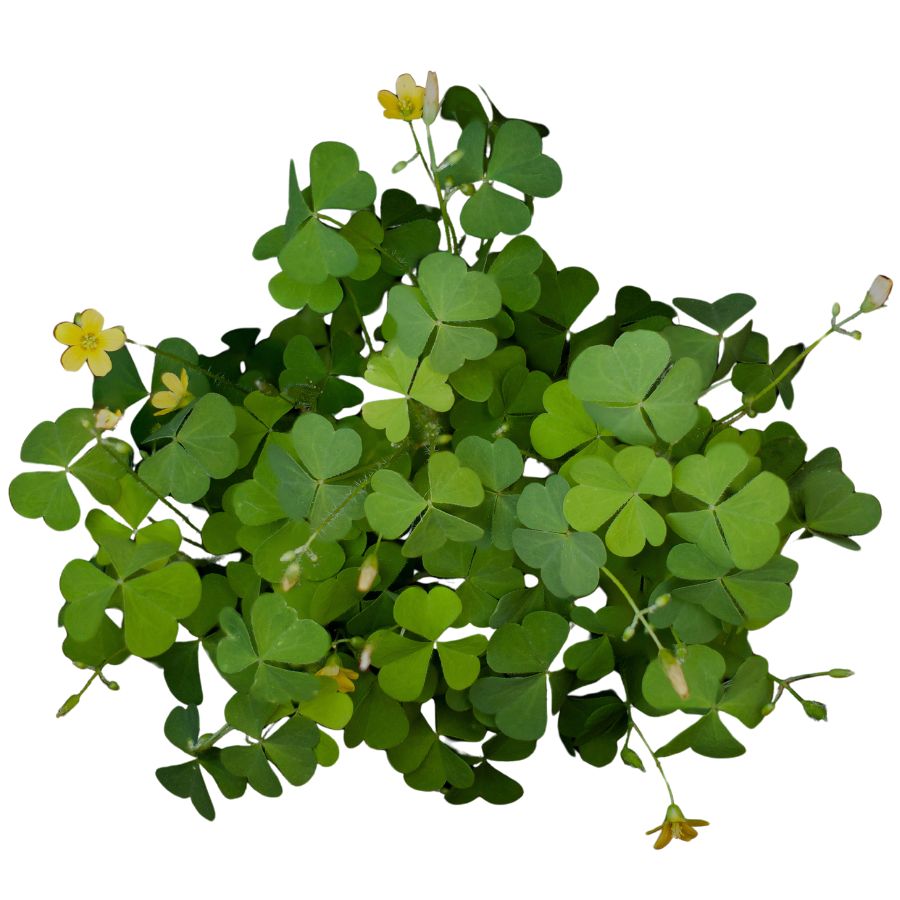
Wood sorrel has clover-like leaves and small yellow flowers. Each leaflet is heart-shaped, and the plant often folds up when touched or in low light.
The leaves, flowers, and seed pods are all safe to eat and have a tart, lemony flavor thanks to the oxalic acid they contain. You can toss them into salads, use them as a garnish, or nibble on them raw for a refreshing sour bite.
Be careful not to confuse it with clover, which has rounder leaves and lacks the same sharp tang when tasted. Large amounts of wood sorrel aren’t recommended if you have kidney issues, since oxalic acid can be hard on the kidneys over time.
The texture of the leaves is soft and delicate, making them a nice contrast in dishes with heavier greens. Even the seed pods have a bit of crunch and a pleasant tang if you catch them before they dry out.
Wild Bergamot (Monarda fistulosa)
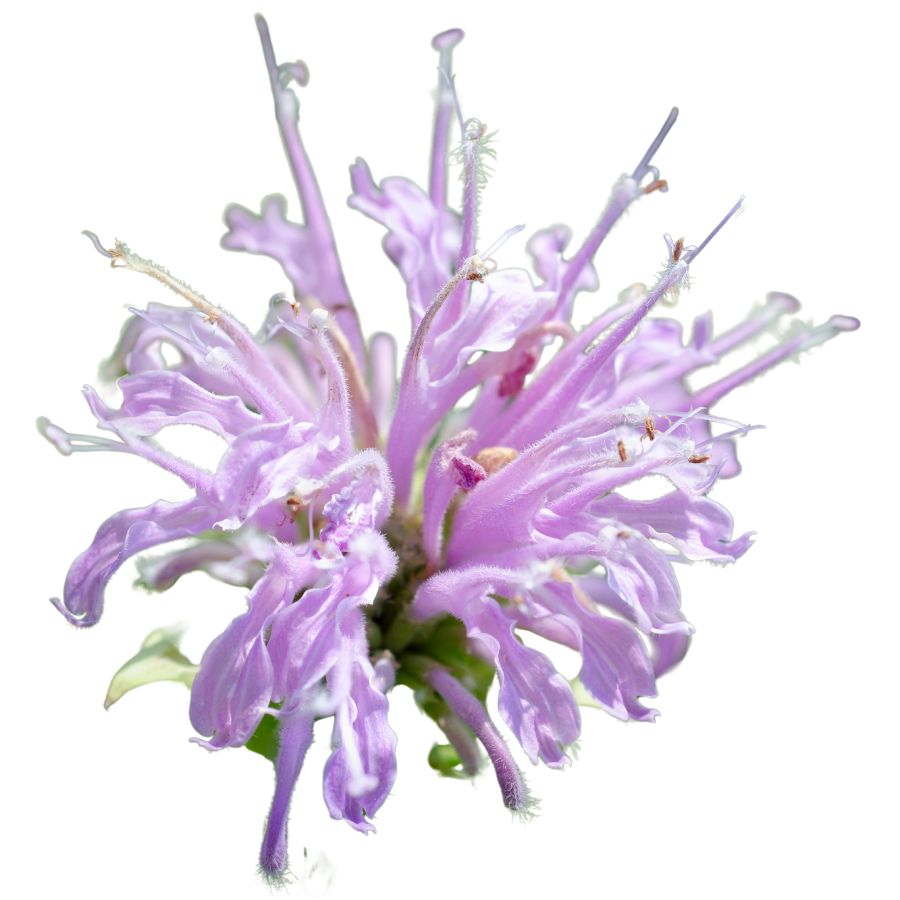
Wild bergamot has clusters of lavender-colored flowers and opposite leaves that smell like thyme when crushed. Its flavor leans herbal and minty, with a little bitterness that works well in marinades.
The flower heads are shaggy and irregular, and the plant’s square stem helps tell it apart from lookalikes like spotted horsemint.
In recipes, it’s most often dried and steeped or blended into herb mixes.
Both leaves and petals can be eaten, though most people avoid the stems. Don’t eat it in large amounts raw—it’s strong and can be overpowering.
It’s related to mint, and that shows in how fast the flavor develops when heat is applied. You’ll get the most aroma if you bruise the leaves before using them.
Lion’s Mane Mushroom (Hericium erinaceus)
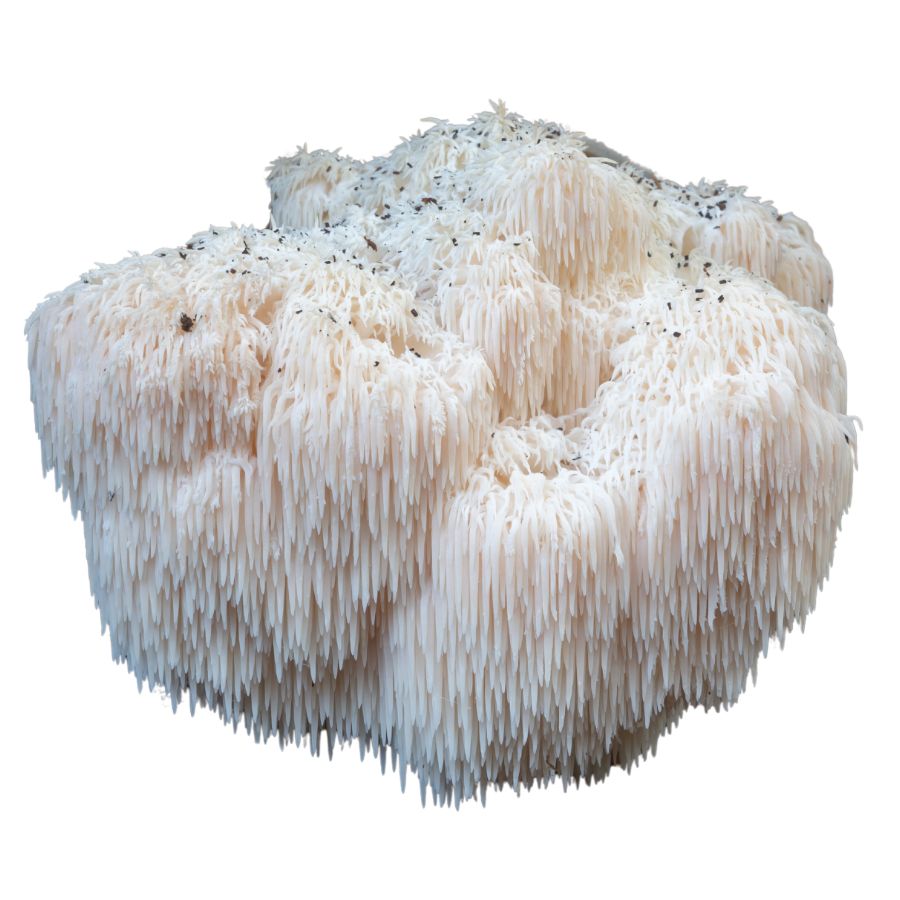
Looking like a white waterfall of icicles, lion’s mane mushroom grows on hardwood trees, particularly oak and maple. Its unique appearance makes it one of the easiest mushrooms to identify for beginners, with no dangerous lookalikes. The texture resembles crab meat when cooked, with a mild, sweet flavor.
Lion’s mane has gained popularity for potential brain-boosting properties. Traditional medicine systems have used it for centuries.
When foraging, look for the distinctive white, shaggy growth on dead or dying trees in the wild. The entire mushroom is edible and best harvested when fresh and young.
Fresh specimens should be firm and white or cream-colored without brown spots or a fishy smell, which indicates they’re past their prime.
Sheep Sorrel (Rumex acetosella)
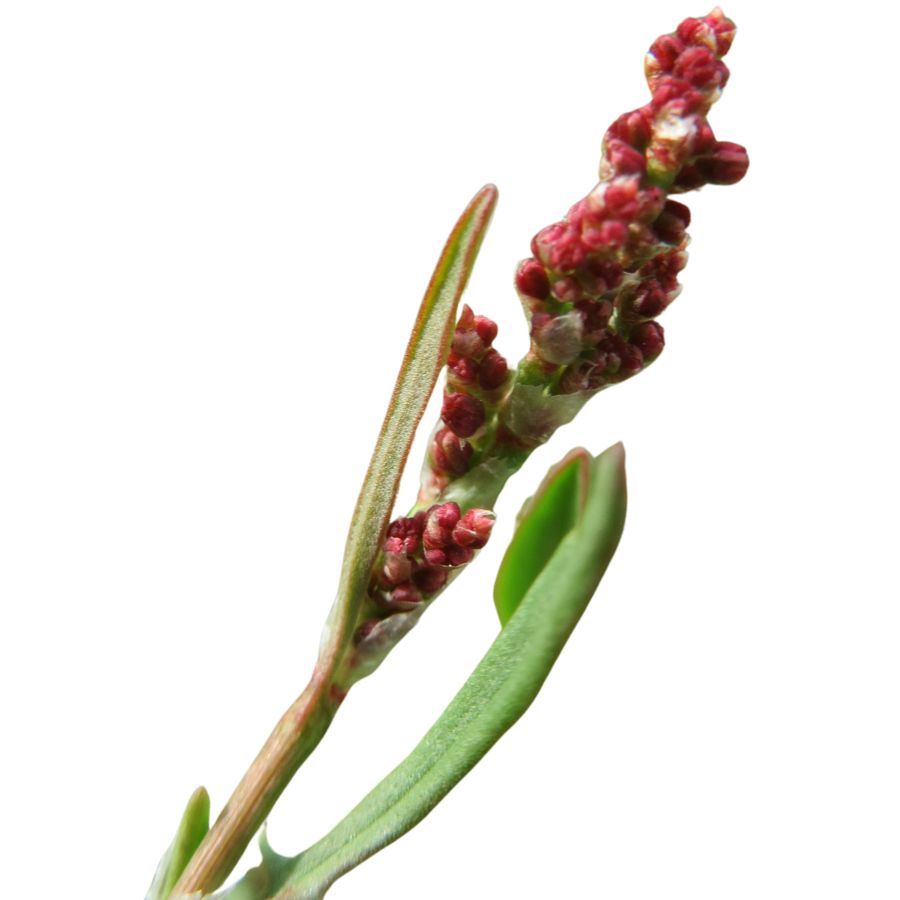
Sheep sorrel has narrow, arrow-shaped leaves with two small lobes at the base and a sharp, lemony flavor that hits immediately when you chew it. You can eat the leaves raw, toss them into soups, or blend them into sauces where their tang brightens up heavy dishes.
The leaves are soft and tender, and the stems are edible too, though they’re a bit more fibrous. Avoid confusing it with related docks like curly dock—those leaves are broader, tougher, and don’t have the same tart bite.
People mostly use sheep sorrel fresh, but it also dries well for tea or powdered seasoning. Its high oxalic acid content means you shouldn’t eat large amounts regularly, especially if you have kidney issues.
Red-tinted veins often run through the green leaves, especially in poor or acidic soils. The roots and flowers aren’t typically eaten, so stick with the leaves and young stems.
Wild Grape Leaves (Vitis riparia)
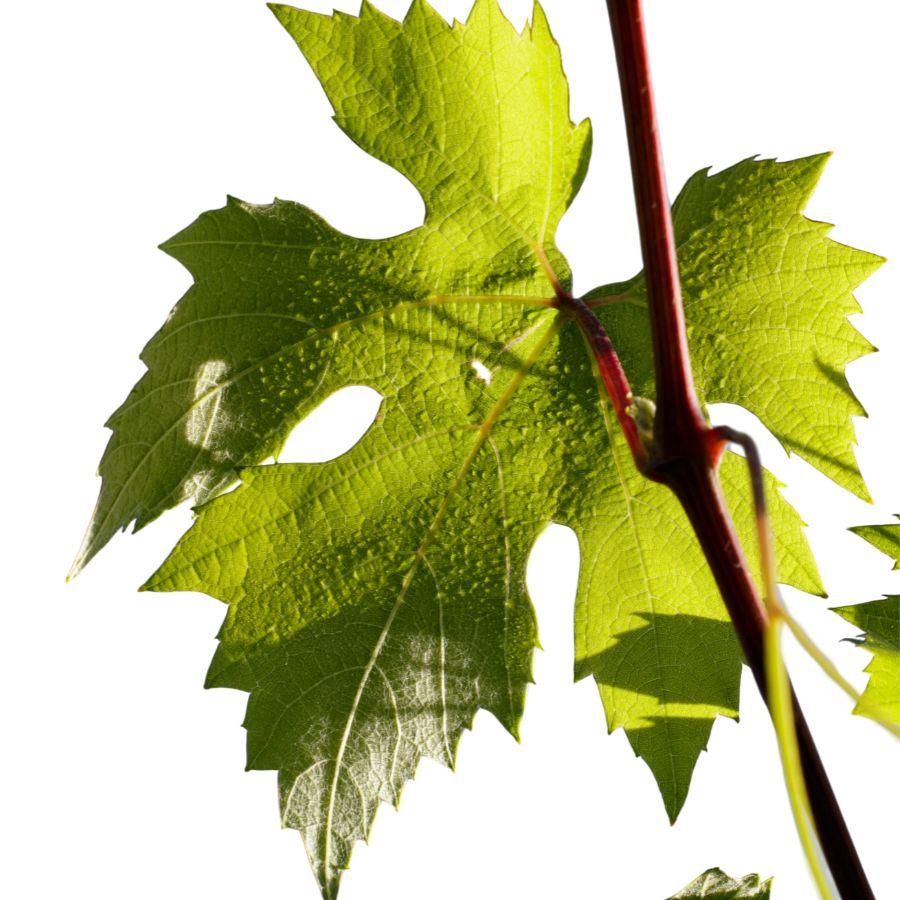
The jagged-edged, heart-shaped leaves of wild grape vines create natural canopies along forest edges and river banks. These leaves are most tender in late spring when they’re young and have a bright green color. Wild grape vines can be identified by their climbing habit and the distinctive tendrils that help them grip onto trees and structures.
Foragers collect these leaves for wrapping foods, especially for making stuffed grape leaves. The best leaves are medium-sized, not too young or old.
When identifying wild grape leaves, note the toothed margins and the pointed tip. Avoid Virginia creeper, which has five leaflets per stem rather than a single leaf. Also steer clear of moonseed, which lacks tendrils and has toxic berries. Wild grape leaves have a mild, tangy flavor and become tender when blanched.
Wood Ear Mushroom (Auricularia Americana)
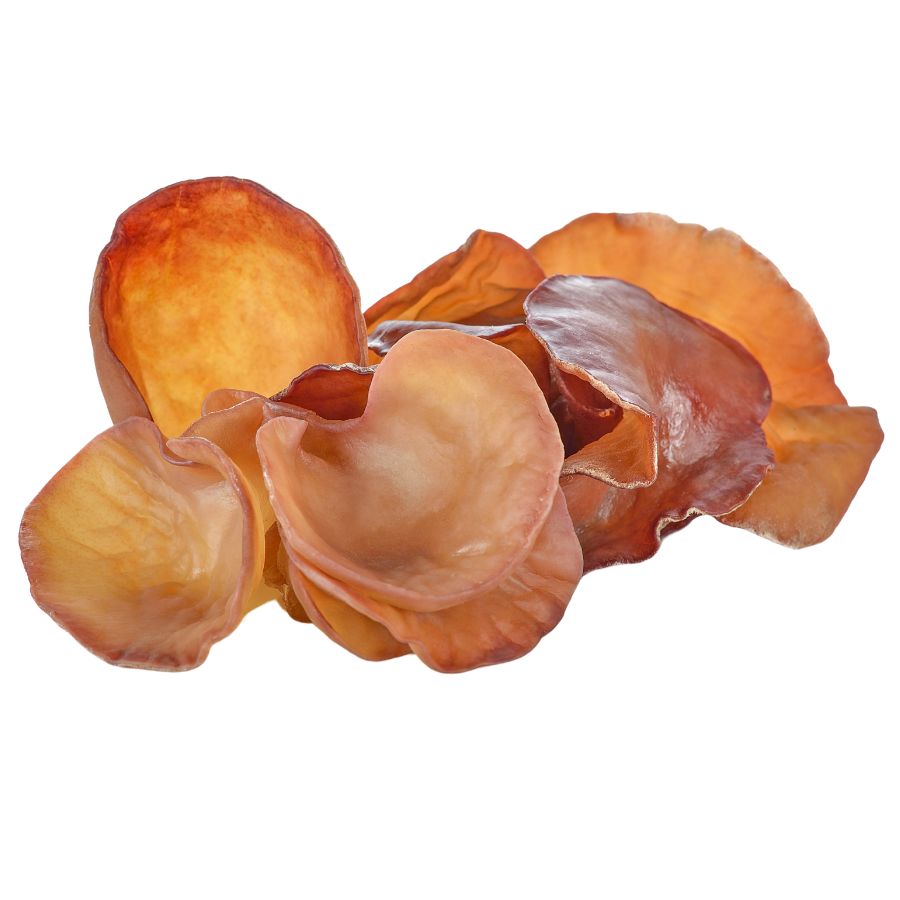
Wood ear mushrooms resemble dark, wrinkled human ears clinging to decaying logs and branches. Their jelly-like texture becomes firm and crunchy when dried. These mushrooms grow on various hardwoods throughout North America, often appearing after rainfall.
Wood ear mushrooms have very little flavor on their own but absorb the tastes of other ingredients when cooked. They’re valued for their unique texture and nutritional benefits.
To identify them correctly, look for the ear-like shape, reddish-brown to black color, and gelatinous consistency. False turkey tails can look similar but have a leathery texture instead of the distinctive rubbery feel of wood ears.
The entire mushroom is edible, though the attachment point may be tough. They’re commonly used in Asian cuisine, particularly hot and sour soup.
Chokecherry (Prunus virginiana)
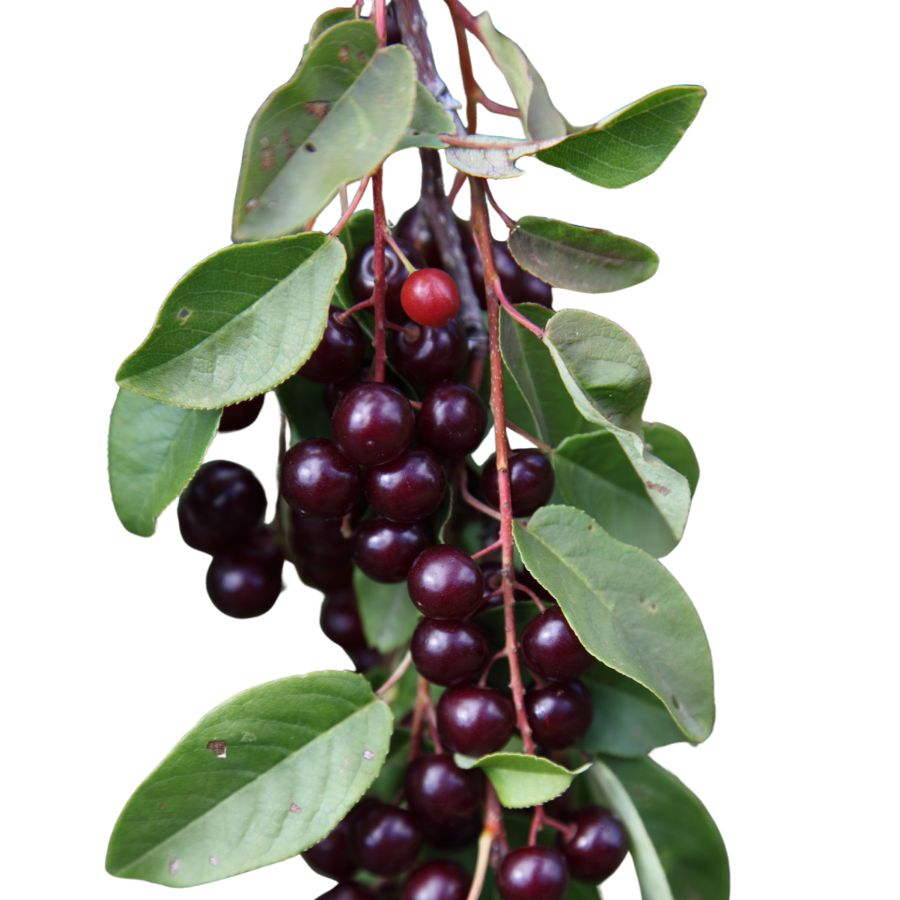
Clusters of dark berries hanging from a woody shrub usually indicate chokecherries, especially when the leaves are oval with finely toothed edges. These berries turn from red to deep purple or black when they’re ready to eat.
Chokecherries are rarely eaten raw due to their bitterness, but they shine in cooked recipes like preserves, sauces, or even homemade wine. Boiling the fruit and straining it helps separate the pulp from the inedible seeds.
It’s easy to mix up chokecherries with other wild cherries, but true chokecherries have longer, narrower leaves and a more astringent taste. Avoid anything with rounder, solitary berries or a sweet scent without the signature tartness.
Their texture is slightly gritty around the pit, and the flavor improves significantly with sugar and heat. A strong astringent quality dominates the raw berry, but the processed pulp becomes rich and deeply flavored.
Wild Violet Flowers (Viola sororia)
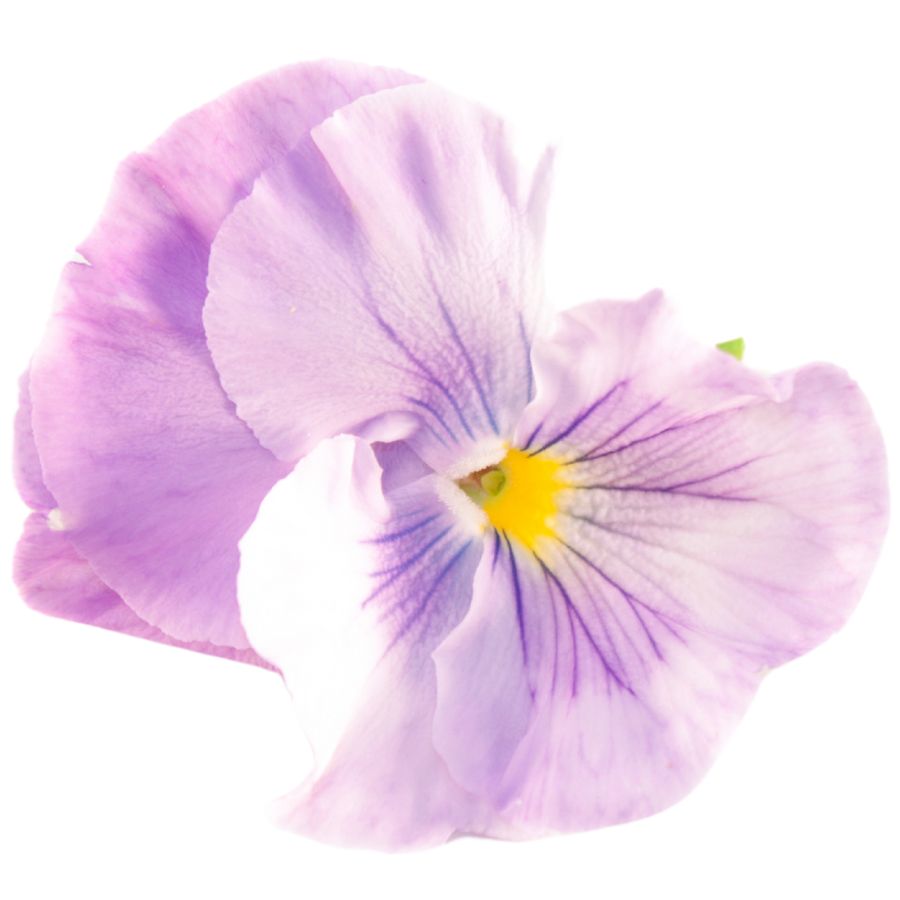
Wild Violet Flowers, also called common blue violet, wood violet, and meadow violet, grow close to the ground with heart-shaped leaves and purple flowers. The blossoms have five petals, with the lower petal often streaked in darker lines that act like nectar guides for pollinators.
You can eat both the flowers and the young leaves, but skip the older leaves since they tend to get tough and stringy. The blooms taste mild and a little sweet, while the leaves are more grassy and bland.
People often use the flowers to decorate cakes, candy them for treats, or toss them into salads for a pop of color. The leaves can be thrown into soups or smoothies, but it is better to chop them fine because they have a slightly mucilaginous texture.
One plant that sometimes gets confused with common blue violet is lesser celandine, which has shiny, darker leaves and starry yellow flowers instead of purple ones. Always double-check before gathering because eating lesser celandine raw can make you sick.
Wild Hop Shoots (Humulus lupulus)
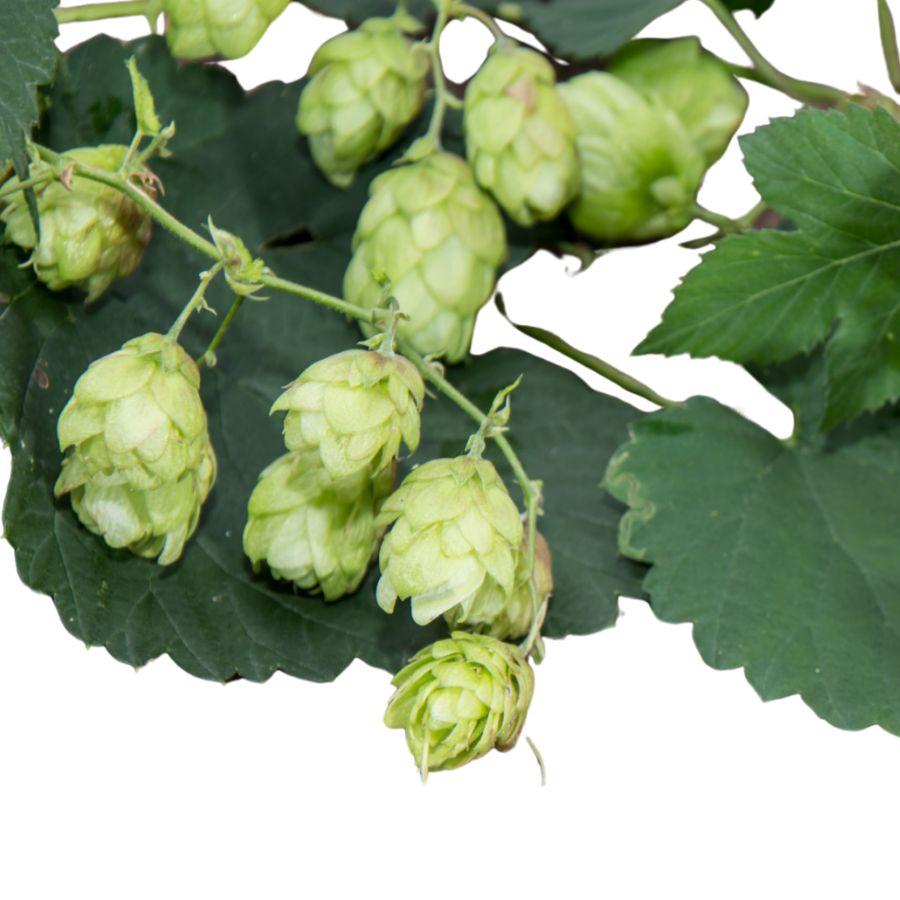
Wild hop shoots emerge in early spring, resembling small asparagus spears with a distinctive spiral growth pattern. These young shoots of the hop plant have a mild, earthy flavor with subtle bitterness that many compare to asparagus.
The edible portion includes only the first 6-8 inches of new growth before they become fibrous and tough. Harvest them by snapping the shoots at ground level when they’re about pencil thickness.
Hop shoots are packed with vitamins A and C, along with various minerals. They’re delicious when quickly blanched and sautéed with butter or added to omelets.
Be careful not to confuse them with bindweed shoots, which look similar but have a milky sap when broken. Wild hop plants can be identified by their opposite leaves and the presence of last year’s vines nearby.
Cutleaf Toothwort Root (Cardamine concatenate)
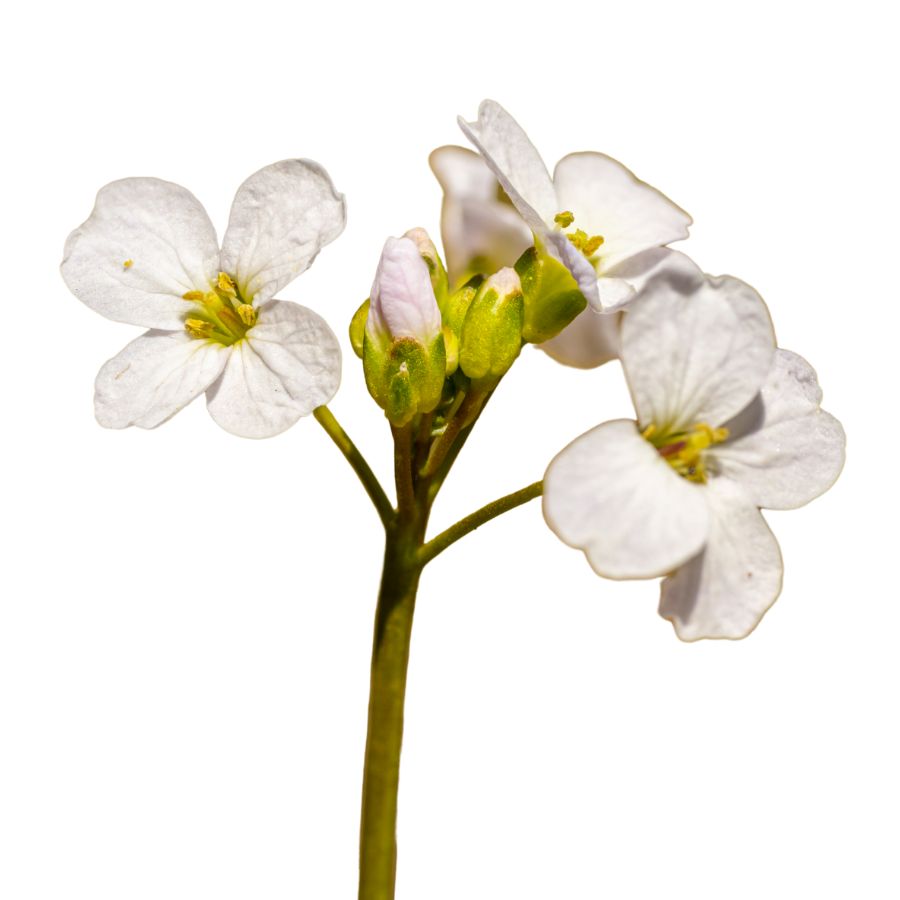
The underground treasure of cutleaf toothwort lies in its knobby, segmented white rootstock that resembles a string of teeth or beads. Found in deciduous woodland areas, this spring ephemeral plant produces delicate white or pink flowers and deeply divided leaves.
Its root has a spicy, peppery taste similar to horseradish but milder. The plant belongs to the mustard family, explaining its characteristic flavor.
When harvesting, take only a small portion of the rootstock to allow the plant to regenerate. Look for the distinctive deeply cut leaves arranged in whorls of three to properly identify it.
Traditionally used by Native Americans as both food and medicine, the root can be grated raw into salads or cooked in soups. There are a few dangerous lookalikes, but be sure to positively identify before harvesting since some early spring plants can be toxic.
Wild Mint (Mentha arvensis)

An aromatic perennial herb that announces itself through scent before sight, wild mint grows in moist areas with square stems and opposite, toothed leaves. When crushed between fingers, the leaves release a refreshing fragrance unmistakable to most people.
Wild mint can be identified by its square stem, opposite leaf arrangement, and the strong minty smell when leaves are crushed. The entire aboveground portion is edible.
Several plants resemble mint visually, including deadnettle and wood sage, but none have the characteristic mint smell. Always crush a leaf to confirm identification.
The leaves make excellent teas and can flavor desserts, salads, and savory dishes. Wild mint contains menthol and other compounds that aid digestion and soothe stomach issues. Its flavor tends to be more complex than store-bought varieties, with earthy undertones complementing the familiar mint taste.
Cattail Pollen (Typha spp.)
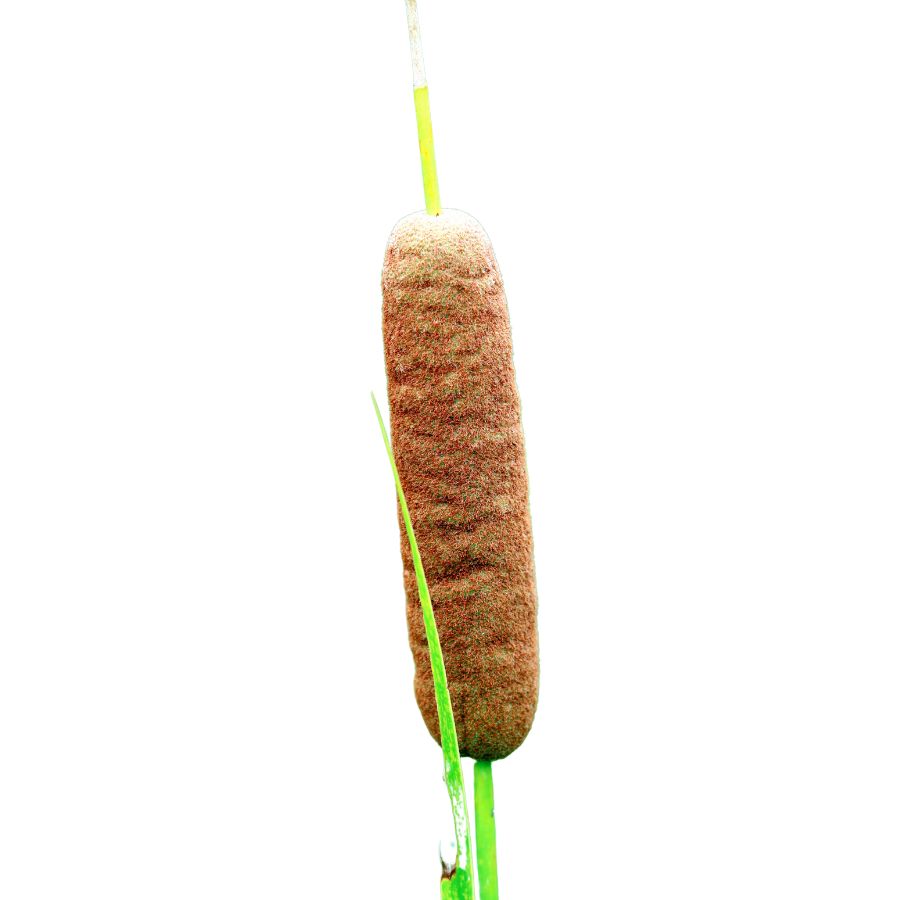
Cattail pollen is a nutritional powerhouse that appears on the distinctive brown cylindrical spikes of cattail plants in early summer. The male flowers produce this bright yellow powder at the top of the stalk, above the familiar “hotdog on a stick” female portion.
Collecting involves simply bending the pollen-covered top over a bag and gently tapping to release the pollen. Each plant can yield several tablespoons of this nutritious substance.
Cattail pollen contains high levels of protein, vitamins, and minerals. It makes an excellent flour substitute or supplement in pancakes, breads, and other baked goods, adding a subtle yellow color and slightly sweet flavor.
No toxic lookalikes produce similar pollen, but make sure you’re harvesting from true cattails by checking for the characteristic sword-like leaves and brown seed heads. The pollen should be bright yellow and release easily when touched.
Where to Find Valuable Forageables in the State
Some parts of the state are better than others when it comes to finding valuable wild plants and mushrooms. Here are the different places where you’re most likely to have luck:
| Plant | Locations |
|---|---|
| Prairie Turnip (Pediomelum esculentum) | – Neal Smith National Wildlife Refuge – Hayden Prairie State Preserve – Kalsow Prairie State Preserve |
| Staghorn Sumac Berries (Rhus typhina) | – Ledges State Park – Brushy Creek State Recreation Area – Fort Defiance State Park |
| Wild Leeks (Allium burdickii) | – Effigy Mounds State Preserve – Yellow River State Forest – Mines of Spain State Recreation Area |
| Meadow Garlic (Allium canadense) | – Lake Ahquabi State Park – Waubonsie State Park – Geode State Park |
| Spicebush Berries (Lindera benzoin) | – Backbone State Park – Palisades-Kepler State Park – Maquoketa Caves State Park |
| Jerusalem Artichokes (Helianthus tuberosus) | – Big Creek State Park – Lake Macbride State Park – Green Valley State Park |
| Wild Sorrel (Oxalis stricta) | – Nine Eagles State Park – Volga River State Recreation Area – Pilot Knob State Park |
| Wild Bergamot (Monarda fistulosa) | – Stone State Park – Union Grove State Park – Wilson Island State Recreation Area |
| Lion’s Mane Mushroom (Hericium erinaceus) | – Lake Keomah State Park – Lake Wapello State Park – Shimek State Forest (Lick Creek Unit) |
| Sheep Sorrel Seeds (Rumex acetosella) | – Pikes Peak State Park – Elk Rock State Park – Trapper’s Bay State Park |
| Wild Grape Leaves (Vitis riparia) | – Lake Darling State Park – Red Haw State Park – Marble Beach State Recreation Area |
| Wood Ear Mushroom (Auricularia americana) | – Stephens State Forest – Lake of Three Fires State Park – Brush Creek Canyon Preserve |
| Chokecherry Bark (Prunus virginiana) | – Loess Hills State Forest – Springbrook State Park – Lacey-Keosauqua State Park |
| Wild Violet Flowers (Viola sororia) | – Clear Lake State Park – Union Slough National Wildlife Refuge – Rock Creek State Park |
| Wild Hop Shoots (Humulus lupulus) | – Wildcat Den State Park – Lake Manawa State Park – Mini-Wakan State Park |
| Cutleaf Toothwort Root (Cardamine concatenata) | – White Pine Hollow State Forest – Ames High Prairie – Backbone Wetlands Complex |
| Wild Mint (Mentha arvensis) | – Lake Anita State Park – Blue Lake State Park – Mill Creek State Park |
| Cattail Pollen (Typha spp.) | – Otter Creek Marsh Wildlife Area – Hickory Grove Park – Elinor Bedell State Park |
When to Forage for Maximum Value
Every valuable wild plant or mushroom has its season. Here’s a look at the best times for harvest:
| Plants | Valuable Parts | Best Harvest Season |
|---|---|---|
| Prairie turnip (Pediomelum esculentum) | Edible tuberous root | June – July |
| Staghorn sumac (Rhus typhina) | Red berry clusters (drupes) | August – September |
| Wild leeks (Allium burdickii) | Bulbs and young leaves | April – May (leaves), May – June (bulbs) |
| Meadow garlic (Allium canadense) | Bulbs and green stalks | May – June |
| Spicebush (Lindera benzoin) | Ripe berries, twigs | September – October (berries), year-round (twigs) |
| Jerusalem artichoke (Helianthus tuberosus) | Underground tubers | October – November |
| Wild sorrel (Oxalis stricta) | Young leaves, stems | April – June |
| Wild bergamot (Monarda fistulosa) | Leaves and flowers | June – August |
| Lion’s mane mushroom (Hericium erinaceus) | Fruiting body | September – November |
| Sheep sorrel (Rumex acetosella) | Seeds, young leaves | April – May (leaves), June – July (seeds) |
| Wild grape (Vitis riparia) | Young leaves, ripe grapes | May – June (leaves), August – September (grapes) |
| Wood ear mushroom (Auricularia americana) | Fruiting body | May – July |
| Chokecherry (Prunus virginiana) | Inner bark, ripe berries | April – May (bark), August – September (berries) |
| Wild violet (Viola sororia) | Flowers and tender leaves | March – May |
| Wild hop (Humulus lupulus) | Spring shoots, hop cones | April – May (shoots), August – September (cones) |
| Cutleaf toothwort (Cardamine concatenata) | Rhizomes | April – May |
| Wild mint (Mentha arvensis) | Leaves and flowering tops | June – September |
| Cattail (Typha spp.) | Pollen | June – July |
One Final Disclaimer
The information provided in this article is for general informational and educational purposes only. Foraging for wild plants and mushrooms involves inherent risks. Some wild plants and mushrooms are toxic and can be easily mistaken for edible varieties.
Before ingesting anything, it should be identified with 100% certainty as edible by someone qualified and experienced in mushroom and plant identification, such as a professional mycologist or an expert forager. Misidentification can lead to serious illness or death.
All mushrooms and plants have the potential to cause severe adverse reactions in certain individuals, even death. If you are consuming foraged items, it is crucial to cook them thoroughly and properly and only eat a small portion to test for personal tolerance. Some people may have allergies or sensitivities to specific mushrooms and plants, even if they are considered safe for others.
Foraged items should always be fully cooked with proper instructions to ensure they are safe to eat. Many wild mushrooms and plants contain toxins and compounds that can be harmful if ingested.


